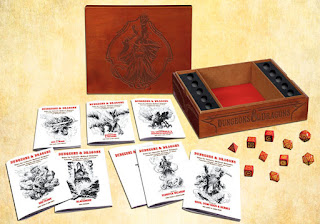Ailments for the Poor Fighter

I discussed the poverty of options for the poor fighter recently. And concluded that extra attacks seems to be the go-to solution for giving the fighter something extra. I think it's a poor solution. For one, I think breaking the action economy is generally undesirable. It makes it the impact of a lot of other bennies exponential, it slows down combat and adds tactical decision-points that mostly don't really add anything to the combat experience, other than the fighter being better than he was. I also think it is a bad fit for the low resolution of the D&D combat round. A round is already 6-60 seconds long (depending on edition) and we are supposed to understand that the attack roll and subsequent damage roll is the sum of a rally of blows exchanged. So how does extra attack fit into this? It seems to me a high-resolution manoeuvre retrofitted into a low-resolution attack sequence. As I see it, extra damage is a mechanic that plays much better into this abstraction. Four E...









